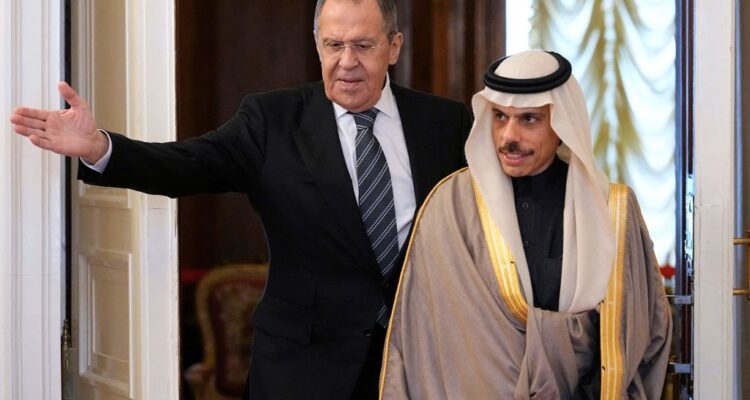The strategic landscape of the Middle East is changing rapidly, but not in favour of the United States as the traditional powerful actor in the region. Continued adversarial US–Iranian relations and regional Arab states’ growing concerns about Washington’s reliability as an ally have widened the arena for Russia and China to expand their strategic footprints in the region.
Several developments have come together to shake up America’s position. Most importantly, they include a dramatic elevation in the Russo-Iranian and Sino-Iranian strategic partnerships. Bilateral trade and military cooperation between Iran and Russia has never been greater. The volume of their bilateral trade jumped from US$4 billion in 2021 to US$40 billion the following year. This comes on the back of a 20-year cooperation agreement that the two sides signed in March 2021.
Meanwhile, and more significantly, the Russo-Iranian military partnership has reached a new height. Although Russia has been Iran’s main arms supplier for many years, 2022 marked a turning point, with Iran ordering 24 Sukhoi Su-35 Flanker-E fighter jets, reportedly at a cost of US$10 billion over 20 years. These jets are the most advanced in Russia’s arsenal and have been extensively used in the bombing of Ukraine. This appears to be part of a deal whereby Iran has delivered hundreds of drones to Russia, which have been used to deadly effect in Ukraine. The parties have also engaged in training each other’s personnel for the fighters and drones, with Iran reportedly establishing a joint venture for production of the drones in occupied Crimea.
Read the article by Amin Saikal in The Strategist.

